| Sub-THz automotive radar research and trends
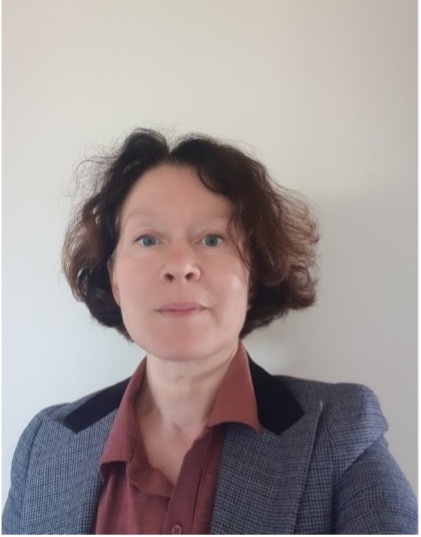 Marina Gashinova University of Birmingham UK Marina Gashinova University of Birmingham UK
Abstract
We are now witnessing a revolution in car technology where assistive systems become more complex and mighty. Ultimate trend is to make sensors capable of providing a situational awareness for autonomous navigation. What sensing system can provide driver assistance and also facilitate autonomous vehicle operation in all weather and terrain? By its very nature radar is robust to the conditions that limit electro-optical sensors, such as spray, fog, rain. However it is the relatively short wavelength and wide bandwidth of the sub-THz radar, operating within the range from 100 GHz to 1 THz, that can deliver imagery that is closer to familiar video and, hence, allow exploitation of the vast legacy of image processing algorithms for deep scene reconstruction and classification.
In this talk I will give an overview of use of THz frequencies for automotive sensing, capabilities, state-of-the art of sub-THz electronics for sensing and outline the framework of further development steps.
Bio
Prof. Marina Gashinova holds the University of Birmingham (UK) Chair in Pervasive Sensing. She received the M.Sc. degree in Math from St-Petersburg State University in 1991 and Ph. D. degree in physics and Math from St-Petersburg Electrotechnical University, Russia, in 2003. In 2006, she joined the Microwave Integrated System Laboratory (MISL) of the University of Birmingham, where currently she is the Head of Pervasive Sensing Group, leading a number of research projects on sensing for situational awareness of autonomous platforms. Her area of interests include active and passive radar, radar imaging and THz sensing.
|
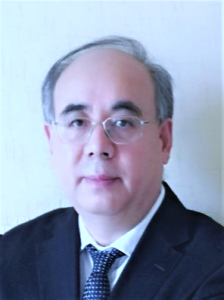 Wei Hong Southeast University, Nanjing, China Wei Hong Southeast University, Nanjing, China
Abstract
In this talk, the recent advances in millimeter wave (mmWave) ICs and systems for 5G and beyond in the State Key Laboratory of Millimeter Waves (SKLMMW) of Southeast University and cooperative enterprises are reviewed.
Bio
Wei Hong received the B.S. degree from the University of Information Engineering, Zhengzhou, China, in 1982, and the M.S. and PhD degrees from Southeast University, Nanjing, China, in 1985 and 1988, respectively, all in radio engineering.
Since 1988, he has been with the State Key Laboratory of Millimeter Waves and serves for the director of the lab since 2003, and is currently a professor of the School of Information Science and Engineering, Southeast University. In 1993, 1995, 1996, 1997 and 1998, he was a short-term visiting scholar with the University of California at Berkeley and at Santa Cruz, respectively. He has been engaged in numerical methods for electromagnetic problems, millimeter wave theory and technology, antennas, RF technology for wireless communications etc. He has authored and co-authored over 300 technical publications and two books. He twice awarded the National Natural Prizes, four times awarded the first-class Science and Technology Progress Prizes issued by the Ministry of Education of China and Jiangsu Province Government etc. Besides, he also received the Foundations for China Distinguished Young Investigators and for “Innovation Group” issued by NSF of China.
Dr. Hong is a Fellow of IEEE, Fellow of CIE, the vice presidents of the CIE Microwave Society and Antenna Society, the Chair of the IEEE MTT-S/AP-S/EMC-S Joint Nanjing Chapter, and was an elected IEEE MTT-S AdCom Member during 2014-2016. He served as the Associate Editor of the IEEE Trans. on MTT from 2007 to 2010
|
| Enhanced Terahertz Emission and Detection through Plasmonic Nanocavities
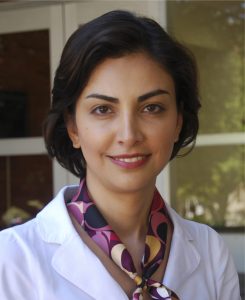 Mona Jarrahi University of California Los Angeles, US Mona Jarrahi University of California Los Angeles, US
Bio
Mona Jarrahi is a Professor of Electrical and Computer Engineering and the Director of the Terahertz Electronics Laboratory at the University of California Los Angeles. She has made significant contributions to the development of ultrafast electronic and optoelectronic devices and integrated systems for terahertz, infrared, and millimeter-wave sensing, imaging, computing, and communication systems. |
| A Cubesat Payload for the In-Orbit Verification of anE/W-Band Satellite Communication Link
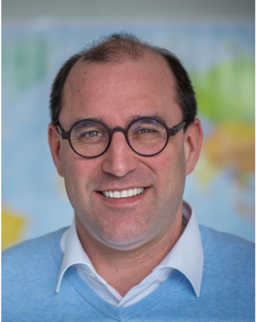 Ingmar Kallfass University of Stuttgart, Germany Ingmar Kallfass University of Stuttgart, Germany
Abstract
The EIVE satellite mission aims at the in-orbit verification of a wideband data downlink in E-band (71-76 GHz) from a satellite in low-earth orbit to a ground terminal. The downlink shall demonstrate the feasibility of Gigabit satellite communication in a new spectral range for active satellite services with prospective applications in future feeder links and fast data download from earth observation satellites. The EIVE scientific payload, hosted by a 6U-Cubesat platform, comprises a high-performance E-band transmitter with >1 W GaN-based solid state power amplifiers, an InGaAs-based low-noise receiver and a modern FPGA-based digital processing unit realizing AWG functionality and 4k image/video storage. The ground terminal employs a highly directive Cassegrain antenna with coarse GPS and fine RF tracking and a low-noise receiver. The presentation details the status of the EIVE mission, which is currently in the integration phase, with the launch planned in the first half of 2022.
Bio
Ingmar Kallfass received the Dipl.-Ing. degree in Electrical Engineering from University of Stuttgart in 2000, and the Dr.-Ing. degree from University of Ulm in 2005. In 2001, he worked as a visiting researcher at the National University of Ireland, Dublin. In 2002, he joined the department of Electron Devices and Circuits of University of Ulm as a teaching and research assistant. In 2005, he joined the Fraunhofer Institute for Applied Solid-State Physics. From 2009 to 2012, he was a professor at the Karlsruhe Institute of Technology. Since 2013, he holds the chair for Robust Power Semiconductor Systems at the University of Stuttgart, where his major fields of research are compound semiconductor based circuits and systems for power and microwave electronics. |
| Designs of Arrays, Reflectarrays and Transmitarrays based on ME Dipole
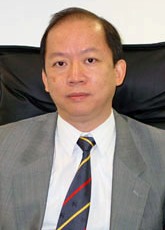 Kwai Man Luk City University of Hong Kong Kwai Man Luk City University of Hong Kong
Abstract
The magneto-electric (ME) dipole is a kind of complementary antenna or Huygen’s source. It has been widely investigated over the past decade due to its attractive characteristics in wide bandwidth, low cross polarization, low back lobe, stable beamwidth and gain, symmetrical radiation pattern, high radiation efficiency and low mutual coupling in array environment. It can be realized by standard PCB techniques at microwave and millimeter-wave frequency bands. The ME dipole has been used to develop MIMO antennas and array antennas for mobile communications, radars, remote sensing and bio-medical imaging. The antenna has also been applied to improve the bandwidth performance of reflectarrays and transmitarrays operating at microwave and millimeter-wave frequencies. In this talk, the recent achievement on the development of ME dipole by my research group and my collaborators will be reported. Possible new directions will be shared.
Bio
Professor Kwai-Man Luk is a Fellow of the UK Royal Academy of Engineering. He received the B.Sc.(Eng.) and Ph.D. degrees in electrical engineering from The University of Hong Kong in 1981 and 1985, respectively. He joined the Department of Electronic Engineering at City University of Hong Kong in 1985 as a Lecturer. Two years later, he moved to the Department of Electronic Engineering at The Chinese University of Hong Kong where he spent four years. In 1992, Professor Luk returned to the City University of Hong Kong, where he served as Head of Department of Electronic Engineering from 2004 – 2010 and Director of State Key Laboratory of Millimeter Waves from 2008 – 2013, and is currently Chair Professor of Electronic Engineering. His research interests include design of microstrip patch antennas, magneto-electric dipole antennas, dense dielectric patch antennas and open resonator antennas for microwave, millimeter-wave and terahertz applications. He is the author of 4 books, 11 research book chapters, over 390 journal papers and 260 conference papers. He was awarded over 20 US and PRC patents on the design of various wideband antennas. He was Technical Program Chairperson of the 1997 Progress in Electromagnetics Research Symposium (PIERS), General Vice-Chairperson of the 1997 and 2008 Asia-Pacific Microwave Conference (APMC), General Chairman of the 2006 IEEE Region Ten Conference (TENCON), Technical Program Co-Chairperson of 2008 International Symposium on Antennas and Propagation (ISAP), and General Co-Chairperson of 2011 IEEE International Workshop on Antenna Technology (IWAT), General Co-Chair of 2014 IEEE International Conference on Antenna Measurements and Applications (CAMA), General Co-Chair of 2015 International Conference on Infrared, millimeter, and Terahertz Waves (IRMMW-THz 2015), and General Chair of the 2020 Asia-Pacific Microwave Conference held in Hong Kong. He is an elected member of the IEEE APS Administrative Committee from 2021 to 2023.
Professor Luk received the Japan Microwave Prize, at the 1994 Asia Pacific Microwave Conference held in Chiba in December 1994, the Best Paper Award at the 2008 International Symposium on Antennas and Propagation held in Taipei in October 2008 and the Best Paper Award at the 2015 Asia-Pacific Conference on Antennas and Propagation held in Bali in July 2015. He was awarded the very competitive 2000 Croucher Foundation Senior Research Fellow in Hong Kong. He received the 2011 State Technological Invention Award (2nd Honor) of China. He is the recipient of the 2017 IEEE APS John Kraus Antenna Award. He received the prestigious 2019 Ho Leung Ho Lee Prize for Science and Technology Progress.
He was a Chief Guest Editor for a special issue on “Antennas in Wireless Communications” published in the Proceedings of the IEEE in July 2012. He is a Deputy Editor-in-Chief of PIERS journals and an Associate Editor of IET Microwaves, Antennas and Propagation. Professor Luk is a Fellow of the Chinese Institute of Electronics, PRC, a Fellow of the Institution of Engineering and Technology, UK, a Fellow of the Institute of Electrical and Electronics Engineers, USA and a Fellow of the Electromagnetics Academy, USA.
|
| Frontiers in Millimeter-Wave to THz Technology
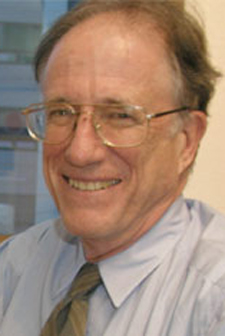 Neville C. Luhmann J. University of California Davis, US Neville C. Luhmann J. University of California Davis, US
Bio
Neville C. Luhmann Jr. was awarded the Ph.D. in Physics at University of Maryland, College Park, (1972)
He is Professor, Electrical and Computer Engineering Department, University of California, Davis (1993-Present). He was Professor, Department of Applied Science, University of California, Davis (1993 – 2011) and Professor at Department of Electrical Engineering, University of California, Los Angeles (1981-1993)
He has published approximately 392 papers in archival journals, 375 proceedings articles, and 18 books and chapters, and 1086 conference presentations. He is Fellow of the American Physical Society, Fellow of the Institute of Electrical and Electronic Engineering, Recipient of the IEEE Plasma Science and Applications Committee (PSAC) Award for Outstanding Contributions to the Field of Plasma Science, He was awarded the Kenneth J. Button Award for “Recognition of Outstanding Contributions to the Science of the Electromagnetic Spectrum”.2005 This is administered by The Institute of Physics (London). He is UC Davis Distinguished Professor. |
| Advancing in vivo THz imaging
 Emma MacPherson University of Warwick, UK Emma MacPherson University of Warwick, UK
Bio
Emma Pickwell-MacPherson received the MSci/BA degree in natural sciences from Cambridge University in 2001 and the Ph.D. degree in physics from Cambridge University, UK in 2005.
Having completed her thesis in 2005, she worked for TeraView Ltd as a Medical Scientist until moving to Hong Kong in 2006. She set up a terahertz laboratory at the Department of Electronic Engineering, CUHK during her post between 2006 and 2009 as an Assistant Professor. She spent 3 years at HKUST as a Visiting Assistant Professor (September 2009 -2012) and returned to the Department of Electronic Engineering, CUHK in Sept 2012.
Dr MacPherson has represented Hong Kong on the International Organising Committee for the Infrared and Millimeter Wave and Terahertz Wave (IRMMW-THz) conference series since 2009 and she was the General Conference Chair of the 2015 IRMMW-THz conference held at CUHK. In October 2017 she joined the Physics department at Warwick University, UK and is the recipient of a Royal Society Wolfson Merit Award. |
6G technologies and architecture
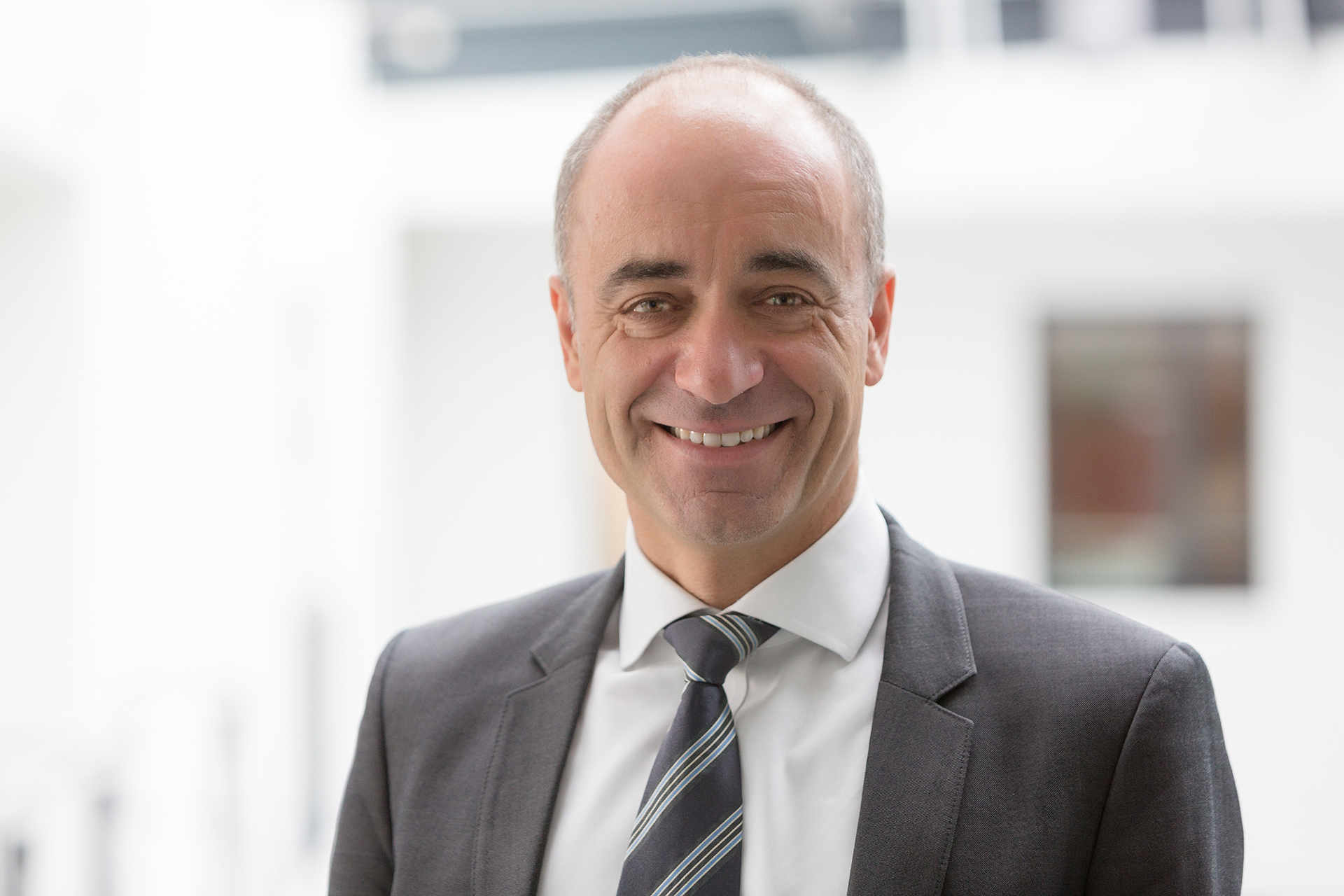 |
Volker Ziegler 6G Flagship Nokia Bell Labs, Germany |
Abstract
6G will be the enabling foundation for communications in the 2030s. 6G era use cases such as immersive telepresence, mixed reality co-design, creating a 6th sense and in-X networks will augment human possibilities for economic, societal and environmental sustainability. Key 6G technologies will include AI-native air interface, new spectrum technologies and extreme connectivity, network-as-a- sensor, security, privacy and trust as well as elements of architectural transformation; these technology enablers will be needed to satisfy new requirements for the use cases of the 6G era. THz and mmW technologies will be of special importance and selected enablers will be discussed. Pre- competitive joint 6G research and collaboration will help drive the joint global agenda of research and dissemination; an update on the EU 6G flagship project Hexa-X will be included in this talk.
Bio
Volker is an energetic leader with 25+ years of broad and international experience in the telecommunications industry. He is known for his strong commitment to customer and team achievements. Throughout his career he has demonstrated an ability to meet and exceed targets through strong intellectual grasp, excellent leadership skills, and a strong focus on creating new opportunities and business development impact.
Currently, Volker exercises a leadership role with Nokia Bell Labs in 6G research and he leads Nokia digital transformation initiatives aimed at exploring and leveraging innovations with customers and partners in the fledgling ecosystem for the 6G era.
In his previous role as Head of 5G Leadership and Chief Architect of Nokia Mobile Networks, Volker played a key role in defining Nokia e2e 5G offering and positioning Nokia strongly in 5G and associated innovation, technologies and architecture. Prior to this, Volker served in Head of Strategy roles of the company and as Head of the North East region, driving market share gain in many key markets, including Scandinavia, Russia and Turkey.
|
|
|